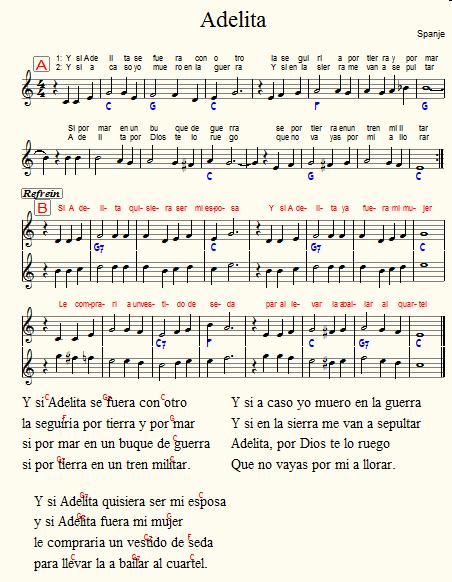Working with multi-part scores
MusiCAD can handle up to 32 parts in a score.
Within a score one part is the most important as far as MusiCAD is concerned: all other parts have to adapt to this main part in terms of time division.
When editing a score, it is of the utmost importance that all parts are and remain in sync; two parts that are out of sync reproduced correctly can cause problems in a score if, for example, an upbeat is present in one part and not in the other.
In principle, there are a number of ways to create a score:
- part by part from top to bottom, one measure at a time;
- measure by measure, from left to right, one part at a time.
In all cases it is advisable to provide the main part with notes (and rests) first.
In the first case you add a part to a single part with new part until your desired score is finished. In the second case you already choose the desired score template with the necessary parts when creating a new melody. A combination is of course also possible. Adding and deleting parts is done in score overview.
Varying number of parts
It can happen that a piece of music does not always need the same number of parts/staves in the score.
The example below starts with 1 part, and continues (in the chorus) with two parts visible in the score.
This can be achieved by checking the part attribute [Part|Score overview|Part properties|No rest staffs] for a partially unused part.
In the second voice, omit rest bars is turned on (quarter rest symbol visible). The first 16 bars of the second part only contain rests that make the first two lines only 1 bar.
enter music • accompaniment parts • part extraction • percussion • piano • score • template use • text • text formatting • from scrap music to sheet music


